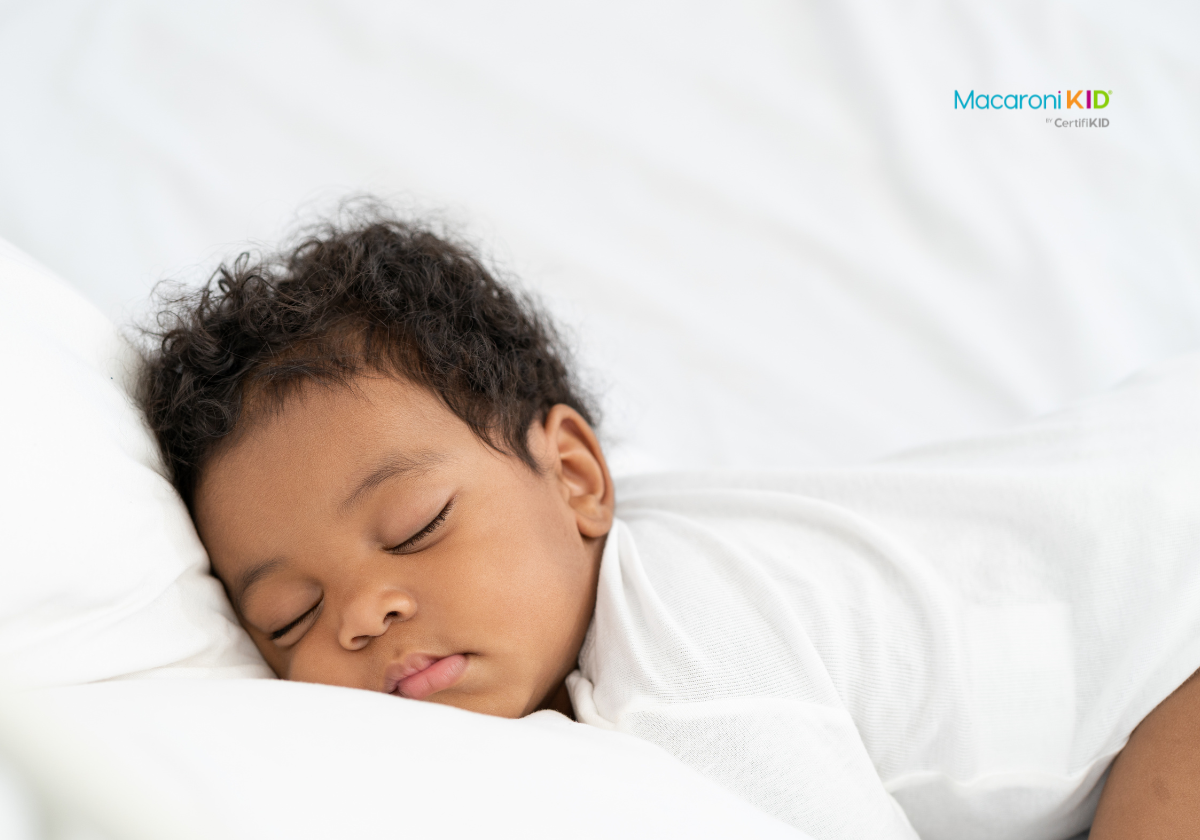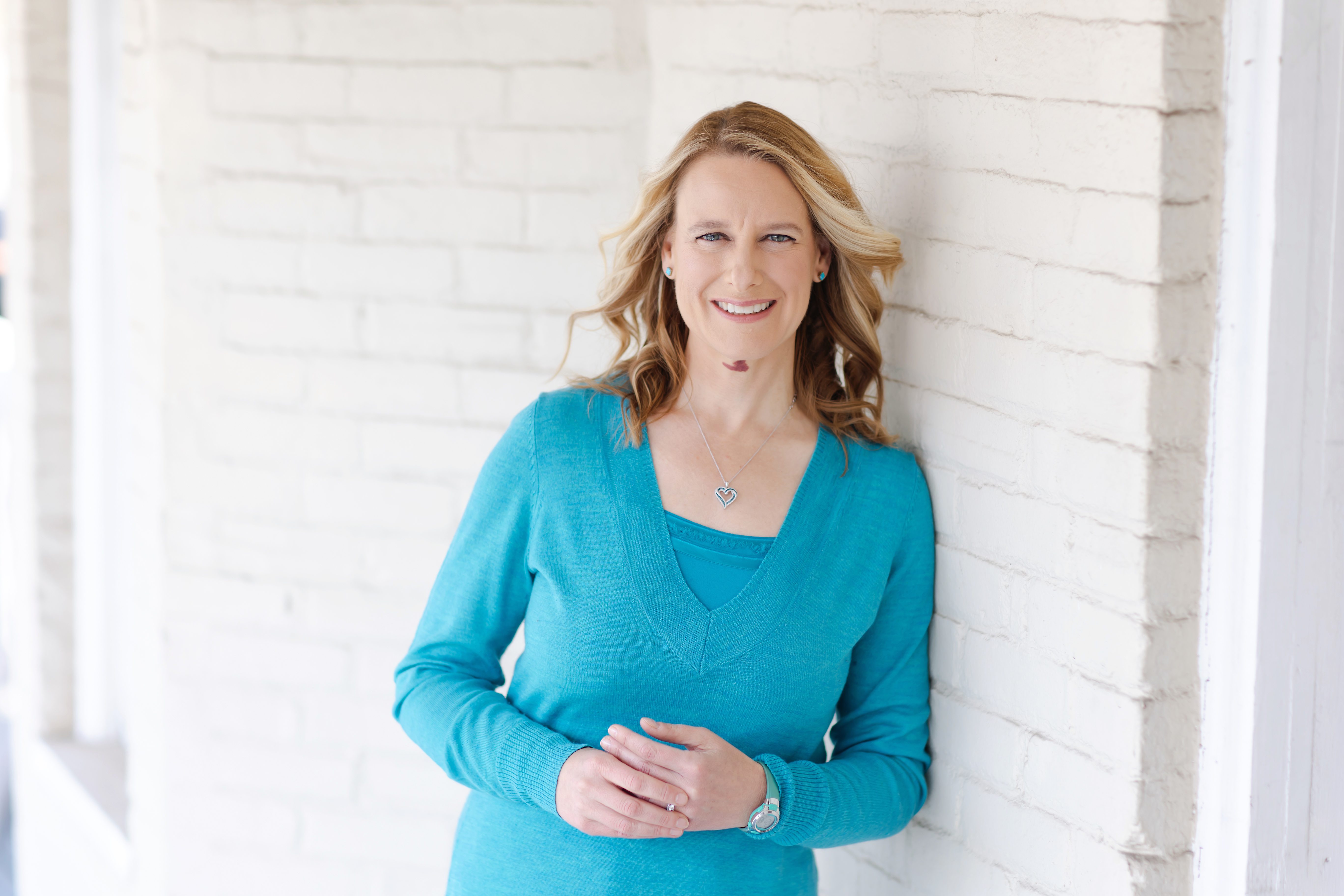Ready to Fall Back? Dr. Christy Arthur has some tips to help us prepare for the time change with babies and children. She's shared some bonus tips for parents, too!
Ending Daylight Savings Time can be tough to navigate with babies and young children. While their little bodies tell them that it is bedtime, the clock says they have another hour! But there are some doctor (and mom!) approved tricks to help retrain their internal clock more easily.
The key word here is GRADUAL. Humans aren’t designed to handle big shifts in routine, and an entire hour is too much to shift all at once for little ones. So, the week before, delay wake-up and nap times by 10 minutes every day. If baby normally wakes up at 6:30, wait until 6:40 to open the blinds and start the day on day one. Similarly, wait 10 minutes later to start subsequent nap times and bedtime. The trick with this tip is to STICK with it. Don’t allow them to revert back to the old naptimes. They will gradually get used to the later start times.
If baby resists in the morning, you can sit and cuddle with them in the mornings while they are awake before the clock “wake time”, just don’t open the blinds fully and start the “new day” routine until the appointed clock time. After the time change, if your toddler is now determined to get up at 5 am every day, you can consider adding a color-changing clock to the routine. I found this to be a LIFESAVER with my own twin boys. They knew they couldn’t come out of their room until the clock turned green. It took some consistent parenting, but it allowed me to have another hour for my personal morning routine, and that made our family MUCH happier.
As for school-age kids and older, this fall time change is typically the easier of the two. It can be an opportunity to gain more sleep time if needed. They can go to bed when they naturally feel sleepy and easily shift to gain an extra hour of sleep. If they don’t need more sleep, they can generally stay up until the new bedtime, and sleep in a bit later in the morning.
Similarly, this can be a good time for parents to get up earlier. Starting a morning exercise routine can be much easier if tied to the time change, because you will naturally be waking an hour earlier. However, there is one potential pitfall with the fall time change and older children. Sometimes, staying up later to go to bed at the predetermined bedtime causes kids (and adults!) to miss their natural window for sleep, and they get a “second wind”, making it harder to fall asleep. Adults regularly experience this when they fall asleep on the sofa, wake up, go to bed, and then are wide awake. If you notice this, start bedtime 30-40 minutes earlier for 1-2 nights, then gradually delay by 10 minutes every couple of nights until it is back to the appointed “clock” time.
So, gradual shifts, taking advantage of waking up earlier naturally, and help from color changing clocks can make the time change transition go much more smoothly for you and your family.
Learn more about Dr. Christy Arthur's Direct Primary Care Practice, serving patients 8 and up!





